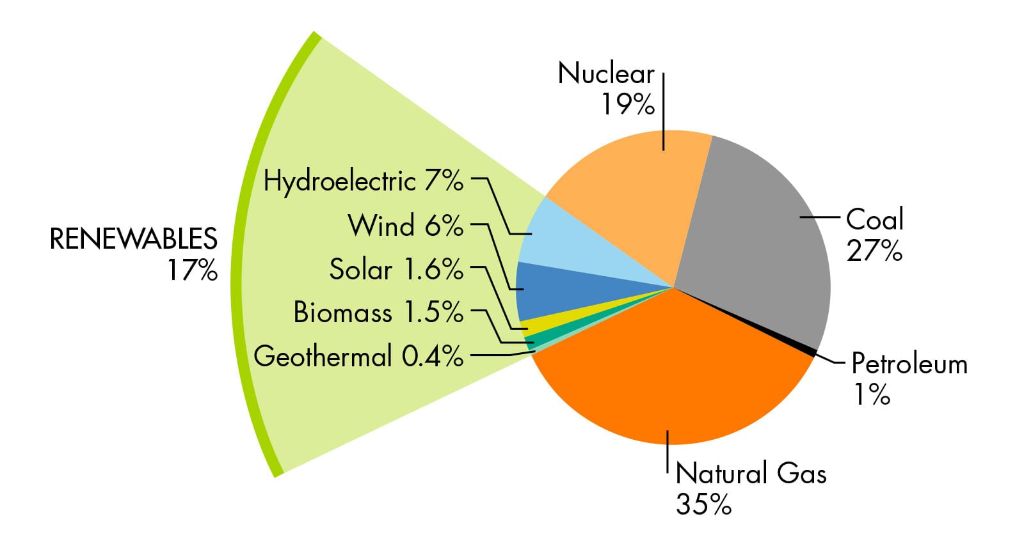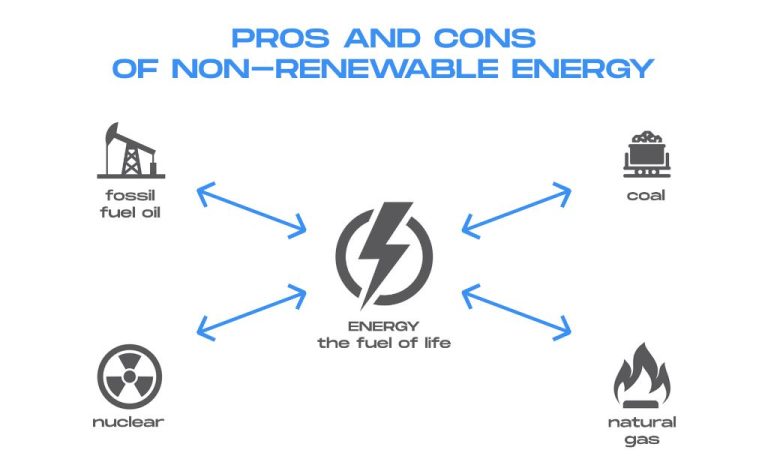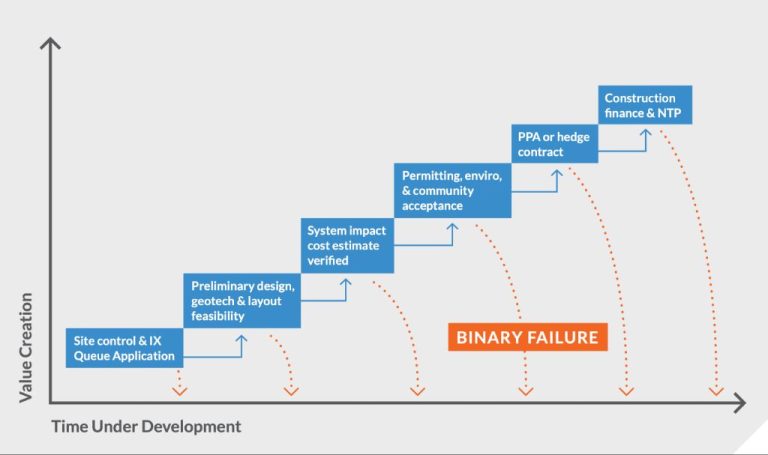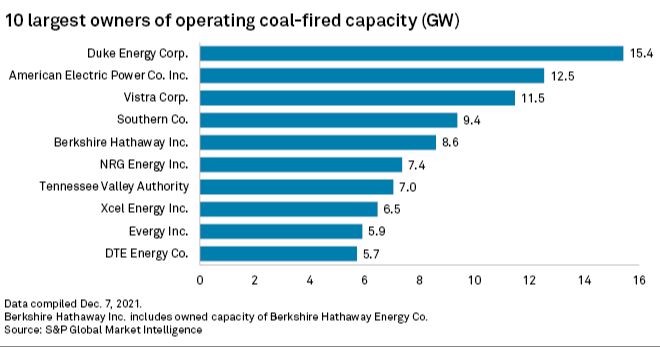Why Is Renewable Energy So Cheap?

Renewable energy prices have fallen drastically in recent years, becoming cheaper than fossil fuels like coal and gas in many parts of the world. Some experts point to large-scale renewable energy now being the lowest cost option for new electricity generation. What’s driving down the costs? The main factors are economies of scale, improvements in technology, competitive procurement, low operating costs, and supportive policies.
Falling Costs of Solar
The costs of solar photovoltaic systems have declined significantly over the past decade. According to the National Renewable Energy Laboratory (NREL), “A decade ago, the module alone cost around $2.50 per watt, and now an entire utility-scale PV system costs around $1 per watt” (NREL). The average price of residential solar panels has dropped from $12.2 per watt in 2002 to just $3.82 per watt in 2021 (SaveOnEnergy).
These cost declines can be attributed to falling module prices as well as reductions in soft costs like permitting, installation labor, supply chain costs, overhead, and installer margins. Technological improvements have increased panel efficiency and reduced material costs. Economies of scale in global production have also helped drive down costs.
Falling Costs of Wind
The costs of wind energy have declined dramatically over the past decade. This is primarily driven by falling prices of wind turbines. According to IPCC, turbine prices have fallen by around 30-40% since 2008. Larger turbines with higher hub heights and rotor diameters allow generators to capture more wind energy. This leads to greater capacity factors and lower levelized costs. Capacity factors for wind turbines have increased from around 20-25% in the early 2000s to 30-35% today. As wind turbine technology continues to advance, capacity factors are expected to increase further.
Economies of Scale
As the renewable energy industry grows larger, it is able to take advantage of economies of scale, which refers to decreasing costs per unit as the absolute number of units increases. This occurs because as production increases, fixed costs are spread out over more units. For example, with wind energy, most of the economies of scale come from scaling up from one turbine to about 10 turbines (1). Similarly, with solar energy, larger utility-scale projects lead to lower average costs per unit compared to smaller residential installations (2). The larger the solar farm, the lower the soft costs like permitting, financing and customer acquisition on a per unit basis. As a result, the average total installed costs fall as project size increases.
The renewable energy industry has grown rapidly in recent years, leading to significant reductions in hardware costs. For instance, with every doubling of installed wind capacity, wind turbine costs have fallen by an average of 17% (3). Similar trends have occurred in solar, enabling these industries to take advantage of economies of scale.
1. https://ilsr.org/report-is-bigger-best/
2. https://energy5.com/maximize-your-investments-the-economics-of-scale-in-solar-energy
3. https://www.brookings.edu/articles/ten-economic-facts-about-electricity-and-the-clean-energy-transition/
Technological Improvements
Advancements in technology have significantly reduced the cost of renewable energy sources like solar and wind power. For solar panels, increased research and development has steadily improved panel efficiencies, allowing solar modules to convert more sunlight into usable electricity.1 Typical solar panel efficiencies have gone from around 15% in the early 2000s to over 20% for premium panels today.
For wind turbines, companies have focused on building larger and taller turbines to capture stronger winds and generate more electricity. The average turbine size has grown from less than 1 MW capacity in the 1990s to well over 2 MW today.2 Hub heights have also increased from around 60 meters to over 100 meters. Bigger and taller turbines generate more renewable energy from the same amount of land area.
Supportive Policies
Government policies at the federal, state, and local levels have played a key role in driving down costs for renewable energy. Two of the most impactful policies have been tax credits and renewable portfolio standards.
The federal government provides tax credits for renewable energy production and investment through programs like the production tax credit (PTC) and investment tax credit (ITC). According to the EPA, these tax credits have “spurred tens of billions of dollars in private investment in renewable energy projects.”1 The Inflation Reduction Act recently extended and expanded these tax credits with the goal of accelerating the transition to clean energy.2
Many states have also enacted renewable portfolio standards which require electric utilities to source a certain percentage of their power from renewable sources. These standards create guaranteed demand and help drive investment in wind, solar, and other renewables. According to the White House, 29 states and Washington, D.C. now have renewable portfolio standards.3
Low Operation Costs
One of the main reasons renewable energy sources like solar and wind power have become so affordable is that they have minimal fuel costs. Unlike fossil fuel power plants which require continual purchases of coal, natural gas, or oil, the “fuel” for renewable energy is free. As IRENA notes, solar and wind power plants have no expenditures for fuel once built. The abundant power of the sun and wind is harnessed to generate electricity at near-zero marginal cost. This gives renewable energy a significant economic advantage over fossil fuels which often have volatile and unpredictable fuel costs.
With zero fuel costs, the majority of expenses for renewable power come from initial capital investments and occasional maintenance costs. In comparison, fossil fuel plants have ongoing fuel expenses that make up a substantial portion of overall costs. Renewables avoid these continual fuel purchases, allowing them to deliver inexpensive electricity over their operating lifetime.
Competition
One of the key factors driving down the costs of renewable energy is increasing competition, especially through competitive bidding processes like auctions. As more companies enter the renewable energy market and compete for projects, they are forced to aggressively bid down prices in their power purchase agreements (PPAs) to win contracts. According to USAID, “Competitive procurement forces all potential electricity suppliers to publicly and transparently bid against one another, forcing energy prices lower.”
Renewable energy auctions allow governments or utilities to set the desired quantity of renewable energy capacity or generation they want to procure. Companies then competitively bid on these contracts, driving down prices. As USAID explains, “Auctions are a competitive process for procuring electricity generated by renewable energy. The government sets the auction volume demanded, bidders then offer increasingly lower prices until the supply meets the demand.”
Research by the EPA found that “Typically, universities issue RFPs as a way to get competitive bids on solar PPAs.” The competitive bidding process through RFPs allows universities and other entities to get multiple competitive proposals for renewable energy projects, driving down costs.
Sources:
https://www.usaid.gov/energy/procurement/auctions
https://www.usaid.gov/energy/auctions/why-auctions
https://www.epa.gov/greenpower/renewable-energy-contract-development-best-practices
Private Sector Investment
The private sector, including major corporations and utilities, has invested heavily in renewable energy over the past decade. According to Investopedia, the biggest renewable energy companies in the world by market capitalization in 2024 are General Electric, Iberdrola, NextEra Energy, Vestas Wind Systems, and Enel Green Power. Many of the largest corporations are diversifying their energy investments and expanding into renewable sources. For example, oil giants like Shell and BP have invested billions in wind, solar, and biofuels. Major technology companies like Google and Amazon have also made large commitments to purchase renewable energy for their operations.
Utility companies are transitioning more of their electricity generation to renewables as costs have fallen sharply. NextEra Energy, a leading utility in renewable power, operates wind, solar, and energy storage projects across North America. Many other utilities like Duke Energy, Southern Company, and Xcel Energy have plans to dramatically expand their renewable energy portfolios and reduce fossil fuel generation over the next decade.
The renewable energy industry has also attracted significant investment from private equity firms and infrastructure funds like Blackstone, BlackRock, and Macquarie. As costs continue to fall, renewable energy is becoming an increasingly attractive investment opportunity for corporations and investors focused on long-term returns.
Conclusion
In summary, renewable energy has become very affordable due to a number of factors. First, economies of scale have driven down costs as more solar panels and wind turbines are manufactured and installed. Second, technological innovations and improvements in solar and wind technologies have made them much more efficient over time. Third, supportive government policies like tax credits, incentives, and mandates have helped spur massive growth in renewables. Fourth, renewable sources have very low operating and maintenance costs compared to fossil fuels. Fifth, increased competition between renewable energy companies has driven down profit margins and costs. Finally, significant private sector investment in renewables has funded technological R&D and scaled up solar and wind farms.
The costs of renewables are projected to continue decreasing in the future as more of these factors come into play. Solar and wind are likely to dominate new electricity capacity installations globally in the years ahead due to their cost-competitiveness. The growth of affordable renewables is critical for the transition away from fossil fuels and toward clean energy systems.





